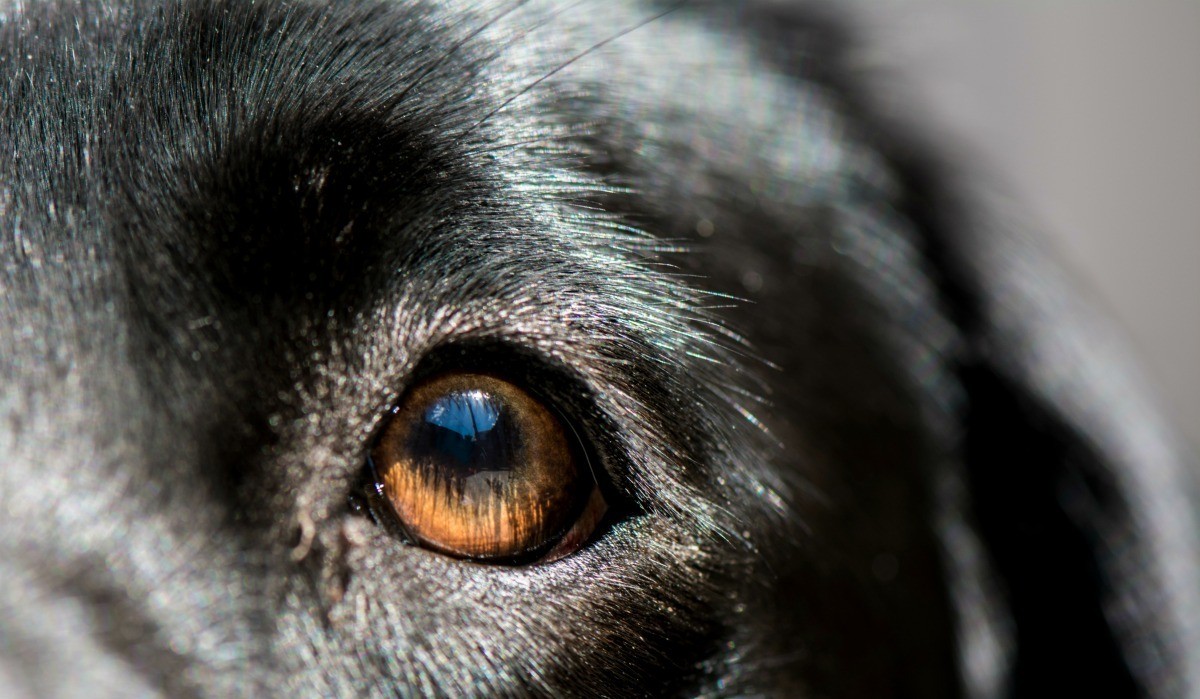Small White Dog With Crusty Red Eye Stains

Tear stains appear in certain breeds more often than others and they can indicate a lot of different things.
Small white dog with crusty red eye stains. They should be pink not red or white. The pupils should be the same size and your dog s eyes should be bright crust free with white around the iris. But if his eyes continue to be watery or your dog develops red painful eyes or other types of eye discharge make an appointment with your veterinarian. This is usually easy to correct although there may be underlying health issues causing the excess of tears.
It s important that you see a veterinarian or eye specialist if your dog is developing. Also dogs with long hair on their faces may be more prone to excessive tearing. Clear dog eye discharge might look brown and slightly crusty when it dries. Many dog owners are concerned with the cosmetic.
There should be little or no tearing no squinting and the inner eyelids shouldn t be visible. That said some dog eye discharge is not normal. When you have a white dog the stains are more visible. Watching for changes in your dog s ocular discharge and knowing what to look for can save your dog from discomfort or a more serious condition.
Many dog owners have had to deal with the unsightly reddish brown stains caused by overflowing tears from their pooches eyes. Read on to find out what s normal and what needs a vet exam when it. While most dogs have at least some tear stains around their eyes the problem is much more visible on dogs with white or light colored fur. Regardless of breed white dogs are more likely to have visible tear staining on their faces because the pigments in their tears can easily dye light colored fur.
First take a good look at your dog s eyes. Your dog s tear stains are caused by liquid secretion from his eyes which gradually permeates the fur around his eyelids. Light colored dogs often develop a reddish brown discoloration to the fur near the inner corner of their eyes. A certain amount of crusty eye discharge is expected for dogs but excessive amounts or changes in secretion color and texture can indicate a clinical condition.
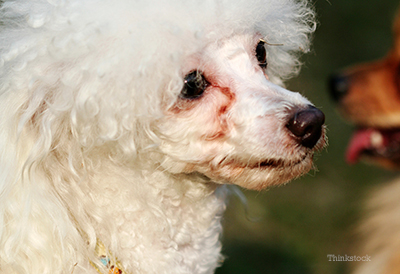
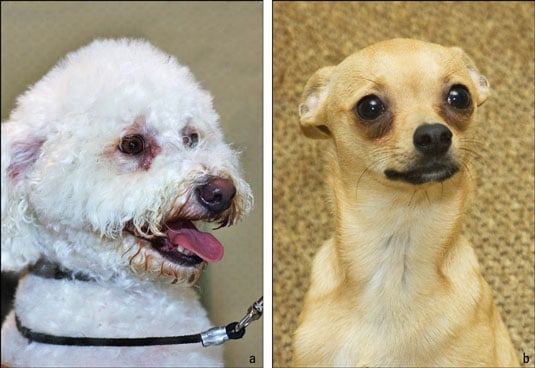

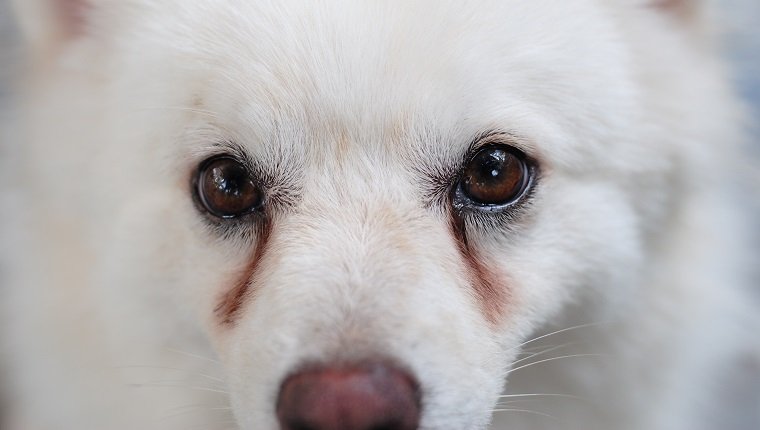
-min-330x231-640w.jpg)

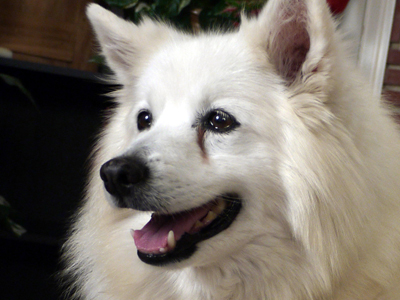
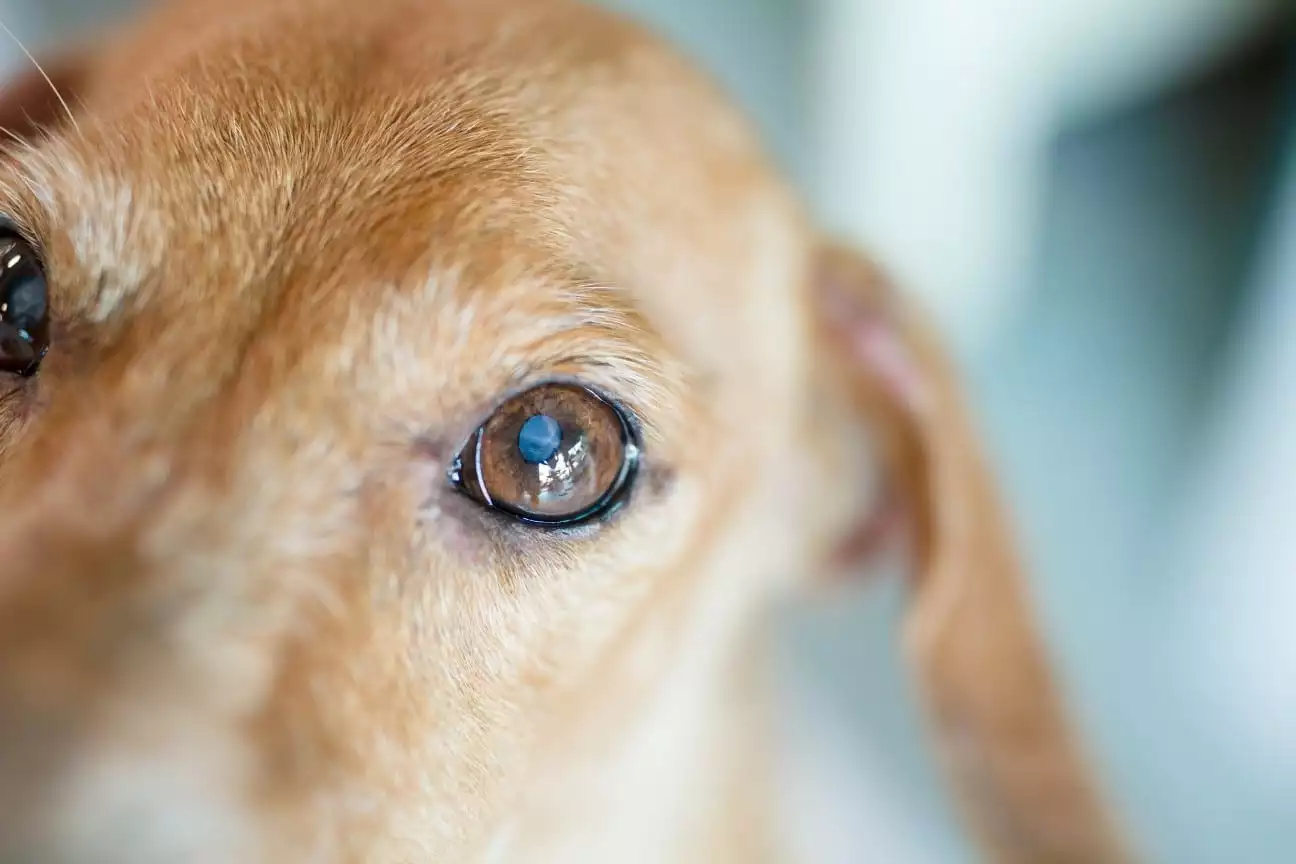
-min-333x335-640w.jpg)



